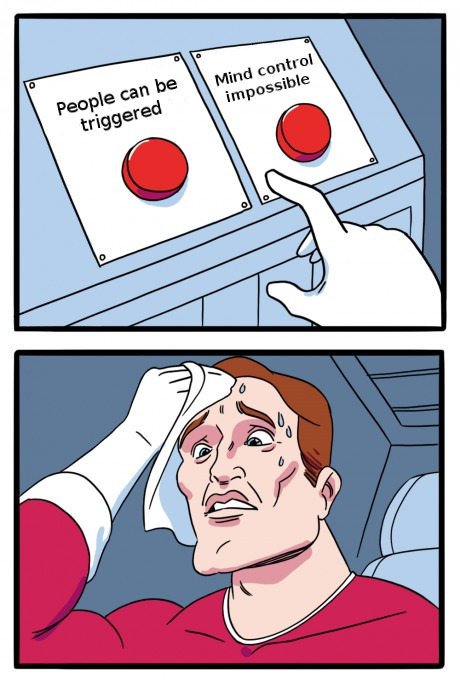Statues As Symbols, Symbols As Triggers
Last night, four Confederate statues were quietly removed from the University of Austin campus in response to the recent events at Charlottesville.
The City of Baltimore had already taken the same steps, with statues having been removed across the city several nights ago, and no doubt the same is happening throughout other towns and campuses across America.
Regarding the act of toppling statues, there is much to be said, but I don't have the time to say it all, and so will confine myself to the following for now:
University of Texas president Gregory L. Fenves was quoted as saying the reasoning behind his decision was that the confederate statues had become “symbols of modern white supremacy and neo-Nazism.”
Implicit in President Fenves statement is the assertion that symbols have power over people; real power, not imagined. For if they did not have the power to affect and influence people, what would it matter?
We are immersed in a symbol laden world, from symbolic cultural artifacts, such as statues and flags, to corporate logos and insignias, to symbolic acts and gestures such as the shaking of hands or giving of roses on Valentine's Day, to the emojis adorning our text and social media messages, and so much more.
Our interpretation of a given symbol may be determined in part by our own cultural conditioning, personal history, or a shared set of values. Yet there is also a level upon which at least some symbols are considered 'archetypal' and suggestive of a more universal meaning rooted in the very physiology of the human mind-body complex that is our common heritage regardless of color or creed.
Returning to the particular, if the same symbol can be made to evoke distinct messages eliciting different reactions among different people, they are nonetheless reactions. The symbol functions as a trigger. For one person a statue may be seen as a symbol of pride giving rise to feelings of empowerment or superiority, for another the statue is a symbol of hate invoking feelings of anger or resentment.
So do the symbols control people?
'trigger' - “anything, as an act or event, that serves as a stimulus and initiates or precipitates a reaction or series of reactions.”
If triggers elicit reflexive reactions such that a symbolic input once perceived is capable of producing an anticipated output in the percipient, then the implications of the deliberate manipulation or misuse of symbols ought to be a subject of much discussion, since it amounts to psychological programming.
Most people today, although immersed in a world full of symbols, are more or less unconscious of their effects. This is not surprising though. Our conscious minds are mostly busy attending to the affairs of the day, focused on our daily routines, our duties to our jobs and our families, our habits of self-care or self-destruction as the case may be, finally laying our heads down at night lucky to have completed all that we set out to accomplish in a day, only to awaken again the next morning and do it all over again. Our modern work-a-day lifestyles are not conducive to taking the time to stop and smell, or observe, the proverbial roses. However our subconscious minds do attend to such things. It's said that subconsciously your mind knows such details as the very number of telephone poles you've driven by on the way to work each morning, as one small example of the scope of the domain over which the subconscious mind is continually attending.
So while the conscious mind may not be attuned, symbols have the power to 'speak' to the subconscious mind, bypassing conscious awareness. The deliberate use of symbols may thus function as a hidden language.
If the symbolic contents embedded in our cultural landscapes, on our television sets and computer screens, and even in our own dreams contain such a power as to subtly influence our thoughts, feelings, and patterns of behavior, then controlling symbols would be of utmost importance for those seeking to control others. For if symbols can be made to serve as psychological triggers, then whoever wields the power of symbols wields a power to manipulate the minds of the masses, for better or worse.
"If we understand the mechanisms and motives of the group mind, it is now possible to control and regiment the masses according to our will without their knowing it." - Edward Bernays, Propaganda
“We have not understood yet that the discovery of the unconscious means an enormous spiritual task, which must be accomplished if we wish to preserve our civilization.” - Carl Jung

Funny, this reminds me of a time I was on some mind altering substance, as a student at the University of Texas, and I noticed an alarming symbol or representation on one of the statues in the shadow of "The Tower." It might have been a Confederate officer. He had his hand on the handle of his sword inside its scabbard at his side. It looked like he was holding his erection when viewed from the side. I found it hilarious of course and had always meant to go back and get a photo, but its probably no longer there.